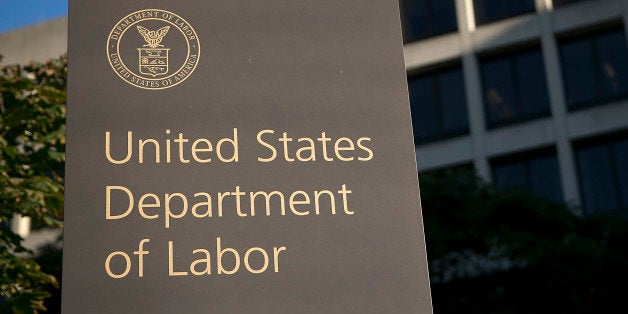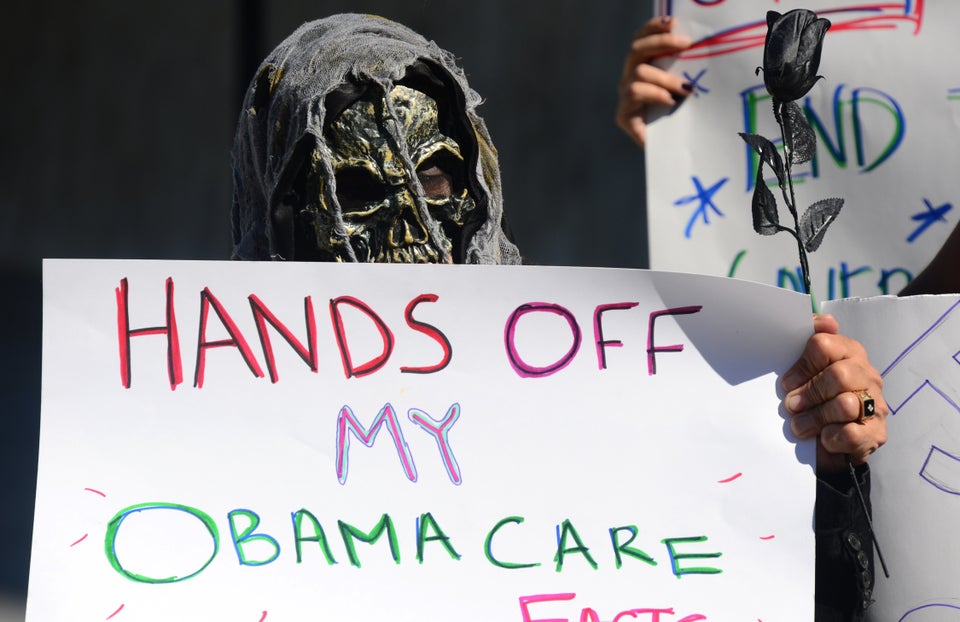
WASHINGTON -- The inspector general for the Labor Department says it has found flaws with a program that excuses U.S. businesses from certain safety inspections if they've shown a strong track record of protecting workers.
The Voluntary Protection Program, created by the Occupational Safety and Health Administration under Ronald Reagan, is meant to reward safe workplaces and better manage OSHA's limited resources by allowing good actors to police themselves. Businesses like the program because it absolves them from some inspections that are targeted at industries with high injury and illness rates.
But in a report issued this week, the inspector general said it found that 13 percent of the program's participants either had injury or illness rates higher than their industry averages, or had been cited for safety and health violations. Nonetheless, those businesses were able to stay in the program.
"Moreover," the report states, "OSHA policy allowed participants with injury and illness rates above industry averages to potentially remain in the program for up to 6 years, raising serious questions as to whether the companies were fully protecting their workers."
The program has been under review for years now, and OSHA has been taking steps to address its shortcomings.
In a response to a draft of the report, the head of OSHA, David Michaels, said that he acknowledged "some deficiencies and inconsistencies," but said "we believe that OSHA is generally following its policies and procedures" for the program. Michaels added that several of the problems mentioned in the report had previously been noted by the IG's office and by OSHA itself.
"[T]he agency has made a substantial effort to address [problems] over the last four years, and has significantly improved its management of the program," Michaels wrote.
Michaels also said he disagreed with some of the basic assumptions of the report. Injury and illness rates, he argued, serve as a "lagging indicator" and don't necessarily capture the effectiveness of a program.
"OSHA does not believe that every participant that exceeds the industry average is necessarily failing to fully protect its workers," he wrote.
Among the inspector general's other findings:
- 11 percent of the program's participating businesses were "not evaluated in a timely manner"
In 2011, the Center for Public Integrity's Chris Hamby published an in-depth investigation of the program, finding that employers managed to stay in the voluntary protection program even after on-the-job deaths and avoidable accidents. The report found that the program "has grown faster than OSHA’s ability to monitor it," and that more than 80 workers had died at sites involved in the program since 2000.
Following the CPI investigation, OSHA created its own task force to look at the program, and the agency's inspector general also announced it would investigate.

